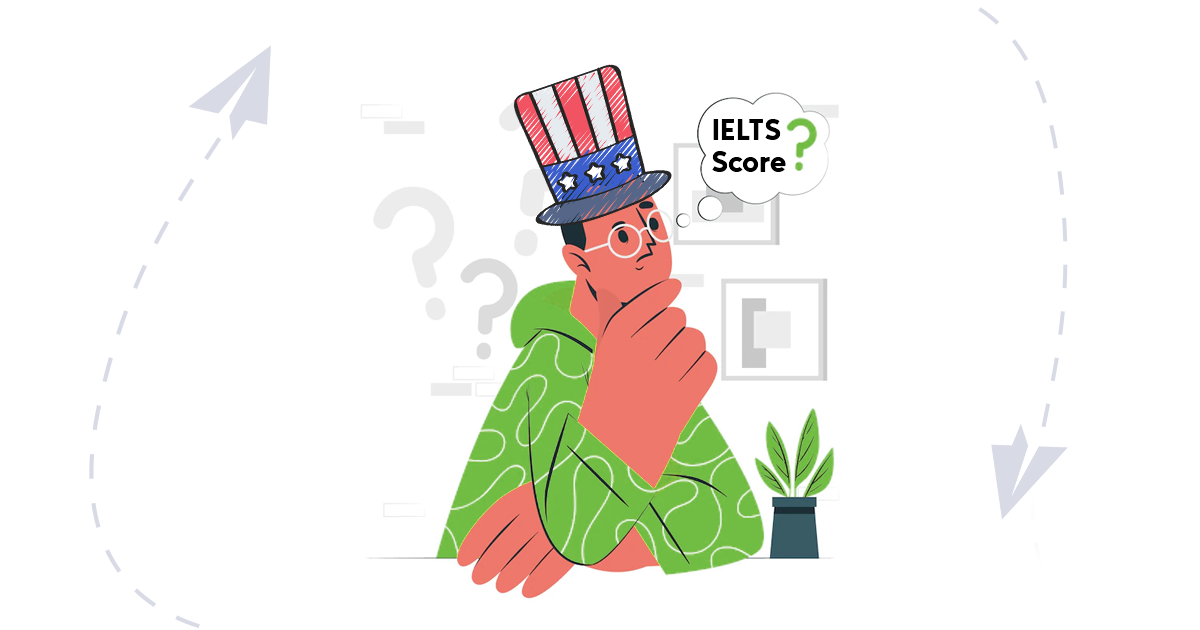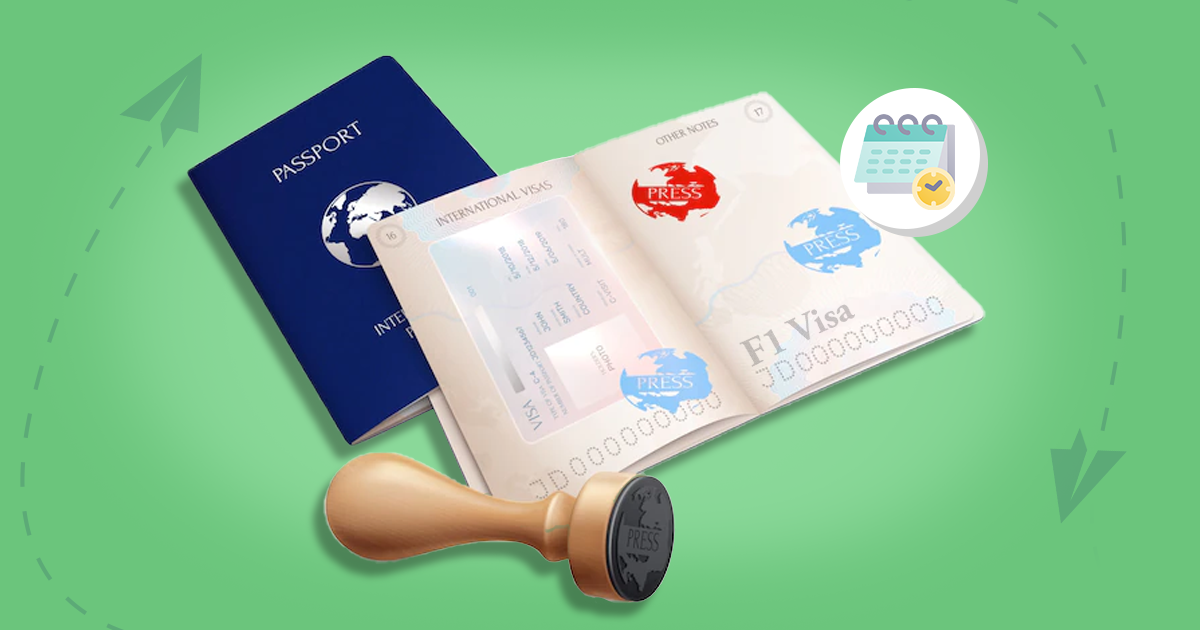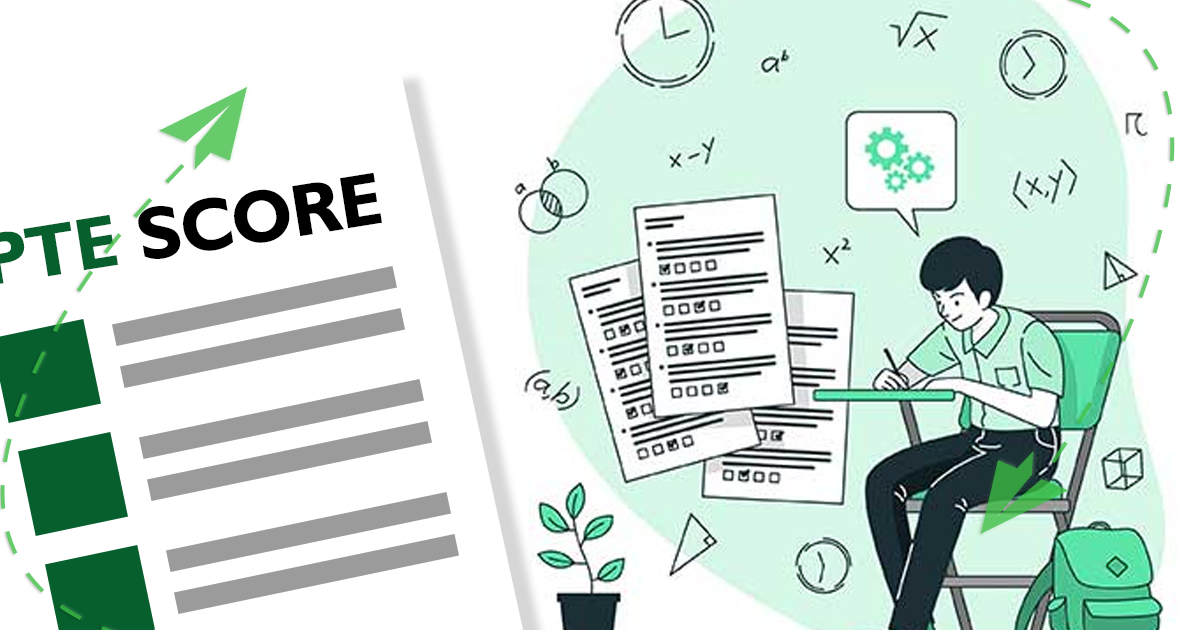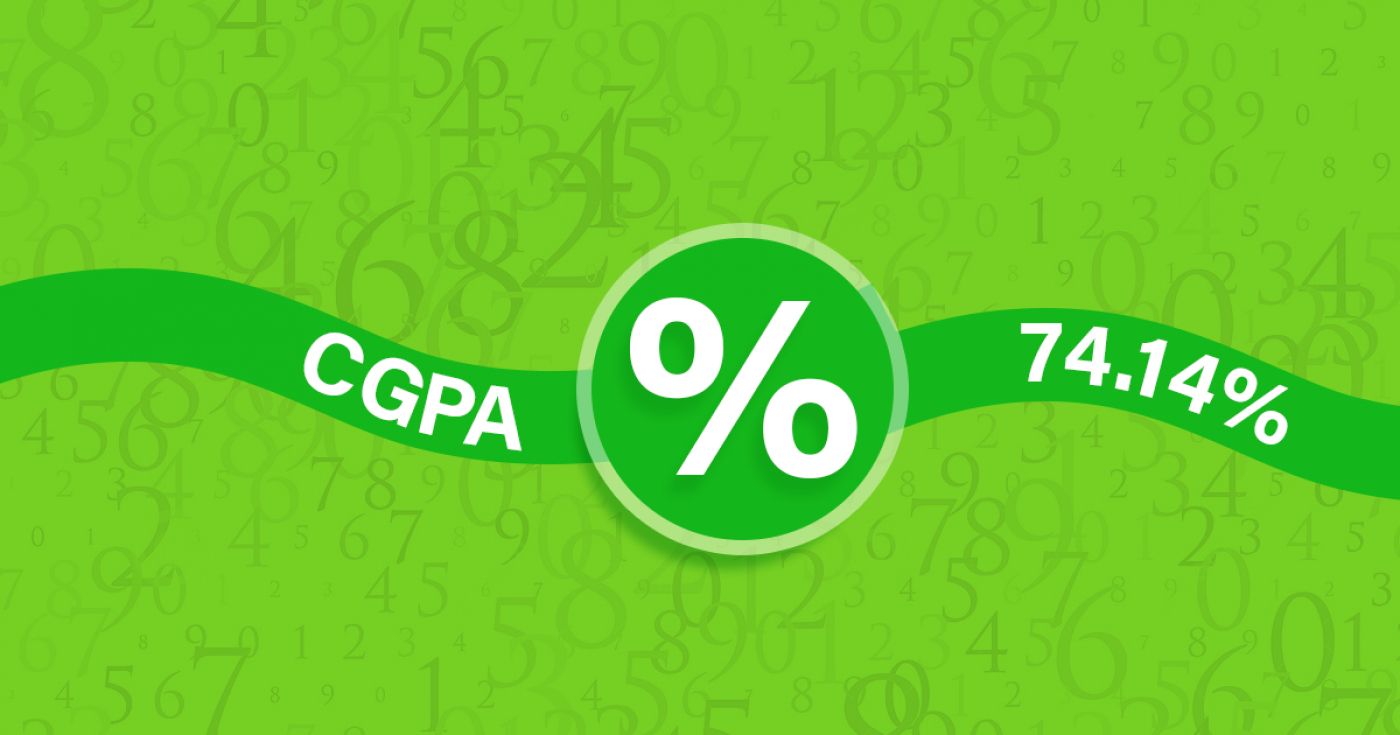Bachelor of Science in Industrial Design
at Enrollment Advisory Group - University of Bridgeport USA
Overview
The University of Bridgeport four-year, Bachelor in Science, BS Industrial Design program emphasizes conceptualization, design, and production of products for personal, home, industrial, and commercial use, ranging from domestic and consumer products to medical, entertainment, and more.
Students learn to design and develop product concepts, visualize them using the latest computer technology, and build models in a well-equipped model shop or computer lab. Students learn presentation skills to demonstrate their creative and unique solutions. Advanced industrial design topics include ergonomics, materials and manufacturing, and marketing.
Cellphones, HDTV and computer monitors, lighting, furniture, home appliances, exhibition spaces, computer-aided design, hand-modeling: all part of the SASD Industrial Design Program. SASD is an accredited member of the National Association of Schools of Art and Design (NASAD), the governing body of undergraduate and graduate art and design schools.
Learning Outcomes and Careers
- Demonstrate ability to identify, analyze, and solve industrial design problems. Assessment: Portfolio projects appropriately respond to project briefs, and are clear, focused, expressive, and communicative solutions to the stated problems
- Demonstrate mastery of design tools, techniques, and concepts in industrial design. Assessment: Projects and portfolios that evidence craftsmanship, adherence to project parameters, and appropriate selection of materials, manufacturing techniques, and implementation
- Demonstrate an understanding of the aesthetics of form development and of the history and current state of design. Assessment: Projects, papers, and presentations for art and design history courses; in studio courses, projects that appropriately reference historical precedents and stylistic movements in industrial design
- Demonstrate proficiency in selection and use of relevant technologies in design. Abilities to use available technical and industrial processes to produce a design product, and to design and implement such a process. Assessment: Project and portfolio solutions are made with the appropriate technology or software for the final application. Projects are planned to be feasibly reproducible by industrial/commercial means rather than by one-off or by hand
- Demonstrate an understanding of the cultural and societal connections linking industrial design trends and processes as well as a knowledge of business practices and of the market place. Assessment: Projects and portfolio solutions that are culturally- and audience-appropriate for the problem as posed by the brief for the project
- Demonstrate proficiency in presenting their own work as well as discussing and constructively critiquing the work of others. Assessment: Active participation in class critiques; clear, thoughtful presentation of students’ own projects, ability to give, accept, and incorporate feedback
30
Application Processing Days
Under Graduate
Program Level
Fact & Figures
Full Time On Campus
Study Mode
48
Duration
Enrollment Advisory Group - University of Bridgeport
Location
Bachelor of Science in Industrial Design Assistant Fee
$32000
Tuition Fee
$0
Average Cost of Living
$0
Application Fee
Bachelor of Science in Industrial Design Admissions Requirements
- Minimum Level of Education Required: To be accepted into this program, applicants must have Grade 12 / High School Diploma.

Get superfast admissions at top Bachelor of Science in Industrial Design institutes in 2024
Benefits of choosing
➤Admission’s guaranteed at Top institutes across the world.
➤Enjoy exclusive application fee waiver’s with Edmissions.
➤Unlimited FREE Counselling sessions with Edmission’s
Experts
➤Get Tips from industry veterans to crack the IELTS exam in 1
week.
➤Assistance with scholarships, loans, forex, student accommodation and visa guidance.
Work Permit USA
Optional Practical Training or OPT is a period during which students, who have completed their degrees in the USA, are permitted to work for one year on a student visa by the United States Citizenship and Immigration Services (USCIS). OPT allows students to work for up to 3 years and develop real-world skills to survive in the competitive jobs market.
It is temporary employment for a period of 12-months that is directly related to the major area of study of an F-1 student. Eligible students have the option to apply for OPT employment authorization before completing their academic studies and/or after completing their academic studies.
A student can participate in three types of Optional Practical Training (OPT):
- Pre-Completion OPT: This is temporary employment provided to F-1 students before completion of their course of study.
- Post-Completion OPT: This is temporary employment available to F-1 students after completing their course of study.
- 24 Month STEM Extension: Students enrolled in STEM (Science, Technology, Engineering, and Mathematics) courses can a 24-month extension after their initial Post-Completion OPT authorization.
Detailed Program and Facts
30
Application Processing Days
Full Time On Campus
Program Intensity
Under Graduate
Program Level
48
Duration
Study Visa
Other Courses by Enrollment Advisory Group - University of Bridgeport,USA
Engineering & Technology
Bachelor of Science in Computer Engineering Technology
The UB Bachelor of Science in Computer Engineering Technology, BS degree program is designed to address the need for graduates with skills in computer programming, computer hardware and computer networks. The Computer Engineering Technology program provides students with the opportunity to focus on applications and implementations more than theory and conceptual design. This program is open for new enrollment and for transfer students from community colleges.
The Computer Engineering Technology program at the University of Bridgeport will prepare graduates with the skills necessary to enter careers in the design, application, installation, programming, networking, and operation of computer systems. Graduate students are well prepared for development and implementation of computer systems and networks.
Engineering programs often focus on theory and conceptual design, while engineering technology programs usually focus on application and implementation. Engineering programs typically require additional, higher-level mathematics, including multiple semesters of calculus and calculus-based theoretical science courses, while engineering technology programs typically focus on algebra, trigonometry, applied calculus, and other courses that are more practical than theoretical in nature.
Learning Outcomes
Graduates of the CET bachelor's degree program are expected to be able to demonstrate:
- An ability to select and apply the knowledge, techniques, skills, and modern tools of the discipline to broadly-defined engineering technology activities
- An ability to select and apply a knowledge of mathematics, science, engineering, and technology to engineering technology problems that require the application of principles and applied procedures or methodologies
- An ability to conduct standard tests and measurements; to conduct, analyze, and interpret experiments; and to apply experimental results to improve processes
- An ability to design systems, components, or processes for broadly-defined engineering technology problems appropriate to program educational objectives
- An ability to function effectively as a member or leader on a technical team
- An ability to identify, analyze, and solve broadly-defined engineering technology problems
- An ability to apply written, oral, and graphical communication in both technical and non-technical environments; and an ability to identify and use appropriate technical literature
- An understanding of the need for and an ability to engage in self-directed continuing professional development
- An understanding of and a commitment to address professional and ethical responsibilities including a respect for diversity.
48 month
Duration
$ 32000
Tuition
Natural Sciences & Mathematics
Master of Arts in Biology
UB’s Master of Arts and Master of Science in Biology degree programs offer a contemporary curriculum that emphasizes the principles and experimental approaches of modern biology. They are designed to address the diverse needs of each type of graduate-level biology student. Both programs cover a wide-range of biological sub-disciplines, such as toxicology, ecology, and genetics, to prepare you for greater opportunities both professionally and academically.
Benefits to our program include:
- Small student-to-faculty ratio, which allows you to work closely with elite faculty who are active in and recognized for research in the field
- Opportunity to learn from and connect with featured guest speakers
- Close proximity to leading biotech and pharmaceutical companies for internship and future employment opportunities
- State-of-the-art laboratory facilities at out seaside campus
24 month
Duration
$ 15660
Tuition
Arts & Humanities
Bachelor of Music
A music degree from the University of Bridgeport will provide students with the preparation they need to build a career in today’s music world. UB has been training musicians since 1947. We offer an experienced and dedicated faculty of artist-teachers, the kind of personal attention and advising usually found at small colleges, and the sort of spacious and well-designed facilities typically found at large universities.
Our Bachelor of Music degree provides pre-professional training in music, including concentrations in Music Business, Music Education, and Music Performance.
The UB School of Education offers a master’s degree that leads to initial Connecticut certification in several subjects, including Music Teaching Certification (K-12). This program welcomes musicians from a variety of backgrounds who wish to become state-certified in music. Advising and music education coursework are coordinated between this program and the undergraduate program. For more information email Dr. Frank Martignetti at [email protected].
48 month
Duration
$ 32000
Tuition
Creative Arts & Design
Bachelor of Fine Arts in Graphic Design
The four-year Bachelor in Fine Arts in Graphic Design, BFA degree program consists of an integrated, inter-disciplinary sequence that is designed to strengthen communication skills, promote teamwork and individuality, stimulate creativity, and provide both traditional and technological skills for the career-oriented student.
Graphic Design students learn techniques and processes to build their portfolios with works prepared for both traditional print and new media including typography, branding and identity, promotional campaigns, publications, motion, and interactive. Typefaces, logos, and websites, drawing, painting, and video: all part of the SASD Graphic Design Program. The program emphasizes process, real-world community projects, and skill-building toward a final self-directed project in the senior year. SASD is an accredited member of the National Association of Schools of Art and Design (NASAD), the governing body of undergraduate and graduate art and design schools.
Graphic Design Learning Outcomes
- Demonstrate ability to identify, analyze, and solve graphic design problems. Assessment: Portfolio projects appropriately respond to project briefs, and are clear, focused, expressive, and communicative solutions to the stated problems.
- Demonstrate mastery of design tools, techniques, and concepts in graphic design. Assessment: Projects and portfolios that evidence craftsmanship, adherence to project parameters, and appropriate selection of typefaces, images, composition, and implementation.
- Demonstrate an understanding of the aesthetics of form development and of the history and current state of design.
- Demonstrate proficiency in selection and use of relevant technologies in design. Abilities to use available technical and industrial processes to produce a design product, and to design and implement such a process. Assessment: Project and portfolio materials are made with the appropriate technology or software for the final application. Projects are planned to be feasibly reproducible by industrial/commercial means rather than by one-off or by hand.
- Demonstrate an understanding of the cultural and societal connections linking graphic design trends and processes as well as a knowledge of business practices and of the market place. Assessment: Projects and portfolio solutions that are culturally- and audience-appropriate for the problem as posed by the brief for the project
- Demonstrate proficiency in presenting their own work as well as discussing and constructively critiquing the work of others. Assessment: Active participation in class critiques; clear, thoughtful presentation of students’ own projects, ability to give, accept, and incorporate feedback.
48 month
Duration
$ 32000
Tuition
Creative Arts & Design
Bachelor of Science in Interior Design
The UB four-year, Bachelor of Science, BS in Interior Design Degree Program prepares graduates with the required experience for the N.C.I.D.Q. examination and state registration. In the course of their studies, Interior Design students learn about gathering design information and problem-solving in a range of actual projects, from residential to commercial design.
Students further develop technical skills for expressing design solutions, using traditional sketching methods,computer aided design (Auto CAD) and 3D simulation computer programs.
Residential, hospitality, corporate offices, retail spaces and health care: all part of the SASD Interior Design Program. Most of these projects are done in collaboration with outside design firms, which gives an added real-life experience to the students and allows them to make professional connections. SASD is an accredited member of the National Association of Schools of Art and Design (NASAD),the governing body of undergraduate and graduate art and design schools.
Learning Outcomes and Careers
- Demonstrate ability to identify, analyze, conceptualize and solve interior design problems. Assessment: Studio portfolio projects appropriately respond to project criteria, and have clear, focused, expressive and communicative solutions to the stated problems. Apply learned design principles to solve the problem. Communicate solutions through 2D and 3D drawings, color theory and proper specifications of materials
- Demonstrate mastery of design techniques and concepts in interior design. Assessment: Projects within portfolios that show evidence of attention to detail, adherence to project-initial concepts throughout the process, and close attention that the initially presented concept matches the outcome. Projects show appropriate selection and implementation of materials, finishes, furniture, and fabrics
- Demonstrate an understanding of aesthetics and scale related to interior space, and of the history and current state of design in the world. Assessment: Projects, papers and presentations for art and history course work. In studio courses, projects that appropriately reference historical precedents and stylistic movements in interior design, bringing forward current thoughts in interior design with reference to the past. Through portfolio projects show working knowledge of scale though appropriate furniture and lighting specifications
- Demonstrate proficiency in selection and use of relevant technologies in design and in using available technologies to produce a design presentation. Assessment: Drawings, including floor plans, elevations, sections, rendered perspectives, and models made with the appropriate technology or software for the final presentation
- Demonstrate an understanding of the cultural and societal connections linking interior design trends and processes as well as a knowledge of business practices and of the market place. Assessment: Project solutions that are culturally and audience appropriate for the problem as posed by the criteria for the project. Awareness of the current marketplace based on materials and mechanicals specified for studio projects, projects for Business practices course work
- Demonstrate proficiency in presenting their own work as well as discussing and constructively critiquing the work of others. Assessment: Presenting ones work with confidence and a working knowledge of the criteria and materials presented, active participant in class critiques; clear, thoughtful and honest ability to give, accept and incorporate feedback
48 month
Duration
$ 32000
Tuition
Computer Science & IT
Bachelor of Science in Digital Marketing Communication
Known for offering an education for the careers of tomorrow, the University of Bridgeport is pleased to announce a new undergraduate program in Digital Marketing Communication. The innovative program is offered in a face-to-face setting with close student-faculty collaboration.
You will gain first-hand experience in developing digital marketing plans and integrate marketing, advertising, public relations, sales, and logistics strategies across physical and digital channels. This includes instruction in digital marketing, e-commerce, online consumer psychology, search engine optimization, social media marketing and web analytics.
Today’s marketing world is vastly different than in past decades when you focused on just one skill. You may apply your skill set to multiple tasks daily from creative conceptualizing, to writing for social, to funneling conversion strategy, to directing a photo shoot for an advertorial, to sourcing materials, to meeting with vendors, and more.
Digital marketing careers enjoy better-than-average job growth. The Bureau of Labor Statistics estimates job demand will increase 10 percent by 2026.
The average entry-level wage for a digital marketing specialist or digital manager is $40,453-$44,156,* with a range of $86,575- $124,207 for more experienced digital marketing managers.
48 month
Duration
$ 32000
Tuition
Engineering & Technology
Bachelor of Science in Mechanical Engineering
UB’s Bachelor of Science in Mechanical Engineering (BSME) degree program combines in-depth studies with lab and project experience to help students apply the principles of motion, force, energy, and materials for the design, development, analysis, manufacturing, testing and maintenance of mechanical systems. In our program, students will develop competence and acquire knowledge in engineering fundamentals, computer-aided engineering tools, communication skills, design of individual components and multi-component systems, manufacturing processes, mechanical systems, professional ethics, and laboratory exploration.
Mechanical Engineering Learning Outcomes
- An ability to apply knowledge of math, science and engineering in the analysis of mechanical engineering problems. [Fundamentals]
- An ability to design and conduct scientific and engineering experiments and to analyze and interpret data. [Experiment/ Results]
- Knowledge of core mechanical engineering topics and an ability to design mechanical components, systems, or processes. [Design]
- An ability to function in a multidisciplinary team. [Team Work]
- An ability to identify, formulate and solve mechanical engineering problems. [Problem Solving]
- Knowledge of contemporary global and societal issues and their relationship to professional ethics and engineering solutions. [Ethics/Profession]
- An ability to convey technical material through oral presentation and formal written reports/paper. [Communication]
- An ability to identify and apply concepts of engineering economics and project planning. [Engineering Economics/Planning]
- A recognition of the need and the ability to engage in learning throughout life along with an appreciation of the diversity in the world and intellectual Areas. [Diversity and LLL]
- An ability to use techniques, skills and modern engineering tools for design and analysis. [Techniques/Skills]
48 month
Duration
$ 32000
Tuition
Computer Science & IT
Master of Science in Artificial Intelligence (STEM)
Recognized as a leader in innovation and research, the University of Bridgeport is true to its mission as a career-oriented institution that prepares students for the careers of tomorrow — where job titles are still yet to be written. The AI field is a growing niche area and is now the centerpiece of technology innovation in advanced robotics, autonomous vehicles, knowledge automation, and computer vision.
UB is pleased to launch the first and only Master of Science program, MS in Artificial Intelligence in the state of Connecticut. Instruction is exclusively face-to-face and includes web-assisted courses. Graduates will be prepared for in-demand commercial or research positions in industry (including tech giants) and academia.
Artificial intelligence is one of four main drivers set to dominate 2018-20 that will positively affect business growth per the World Economic Forum (WEC) 2018 report. Machines and algorithms in the workplace are set to create 133 million new roles (WEC).
Jobs in emerging professions are set to increase its share of employment from 16% to 27% of the total employee base. Information cited from WEC's The Future of Jobs Report, 2018.
The average salary for AI is $121k annually per Payscale. A machine learning engineer’s salary is $142,855, per the job listing site Indeed.com.
AI Concentrations
- Robotics and Automation
- Deep Learning and Computer Vision
- Data Sciences and Data Analytics
- Cybersecurity
24 month
Duration
$ 15660
Tuition
Business & Management
Master of Business Administration
The MBA program at the University of Bridgeport Ernest C. Trefz School of Business prepares you for a successful career in any of seven valuable concentrations, which gives you the freedom to tailor your degree to suit your specific goals. Our flexible start dates and delivery methods – on-campus and online – are ideal for busy professionals.
In today’s competitive marketplace, an MBA degree will give you the edge you need in recruitment, promotions and opportunities in management and leadership. An MBA prepares you for a leadership role with highly transferrable skills including problem solving, critical thinking skills, strategic planning, financial acumen, time and people management and much more. We focus on the use of contemporary issues to ensure real-world relevance, that can readily be adapted to professional situations.
UB’s strong network of faculty, alumni, and industry leaders helps connect you to job opportunities and advancement. Our professors offer real-world experience from a wide range of business sectors and are well versed in real-world application of theory. They also provide individual support and mentoring to students.
UB’s Close proximity to multinational corporations and regional businesses in Connecticut, New York, and throughout the area, provides unmatched resources for networking and internship training.
Learning Outcomes Master of Business Administration Degree
As a graduate of the MBA program you will:
- Demonstrate well-developed knowledge in all - and mastery in at least one - of the basic business disciplines (accounting, finance, human resources, information systems, management, and marketing).
- Communicate ideas clearly and persuasively in oral and written structures in both formal and informal settings.
- Contribute within diverse sets of teams and build internal and external relationships that facilitate success in contemporary organizations via interpersonal and professional skills.
- Apply information literacy, proficiency with technology, and analytical techniques for decision-making.
- Address current issues and case studies using creativity and innovation.
- Act with integrity as an individual, and apply ethical theories, such as triple bottom line and corporate social responsibility, to contemporary organizational issues.
- Think critically and logically via integrating concepts across disciplines thereby enabling them to successfully lead in a dynamic global environment.
24 month
Duration
$ 15660
Tuition
Natural Sciences & Mathematics
Bachelor of Science in Mathematics
The UB four-year, Bachelor of Science, BS in Interior Design Degree Program prepares graduates with the required experience for the N.C.I.D.Q. examination and state registration. In the course of their studies, Interior Design students learn about gathering design information and problem-solving in a range of actual projects, from residential to commercial design.
Students further develop technical skills for expressing design solutions, using traditional sketching methods,computer aided design (Auto CAD) and 3D simulation computer programs.
Residential, hospitality, corporate offices, retail spaces and health care: all part of the SASD Interior Design Program. Most of these projects are done in collaboration with outside design firms, which gives an added real-life experience to the students and allows them to make professional connections. SASD is an accredited member of the National Association of Schools of Art and Design (NASAD),the governing body of undergraduate and graduate art and design schools.
Learning Outcomes and Careers
- Demonstrate ability to identify, analyze, conceptualize and solve interior design problems. Assessment: Studio portfolio projects appropriately respond to project criteria, and have clear, focused, expressive and communicative solutions to the stated problems. Apply learned design principles to solve the problem. Communicate solutions through 2D and 3D drawings, color theory and proper specifications of materials
- Demonstrate mastery of design techniques and concepts in interior design. Assessment: Projects within portfolios that show evidence of attention to detail, adherence to project-initial concepts throughout the process, and close attention that the initially presented concept matches the outcome. Projects show appropriate selection and implementation of materials, finishes, furniture, and fabrics
- Demonstrate an understanding of aesthetics and scale related to interior space, and of the history and current state of design in the world. Assessment: Projects, papers and presentations for art and history course work. In studio courses, projects that appropriately reference historical precedents and stylistic movements in interior design, bringing forward current thoughts in interior design with reference to the past. Through portfolio projects show working knowledge of scale though appropriate furniture and lighting specifications
- Demonstrate proficiency in selection and use of relevant technologies in design and in using available technologies to produce a design presentation. Assessment: Drawings, including floor plans, elevations, sections, rendered perspectives, and models made with the appropriate technology or software for the final presentation
- Demonstrate an understanding of the cultural and societal connections linking interior design trends and processes as well as a knowledge of business practices and of the market place. Assessment: Project solutions that are culturally and audience appropriate for the problem as posed by the criteria for the project. Awareness of the current marketplace based on materials and mechanicals specified for studio projects, projects for Business practices course work
- Demonstrate proficiency in presenting their own work as well as discussing and constructively critiquing the work of others. Assessment: Presenting ones work with confidence and a working knowledge of the criteria and materials presented, active participant in class critiques; clear, thoughtful and honest ability to give, accept and incorporate feedback
48 month
Duration
$ 32000
Tuition
View All Courses by Enrollment Advisory Group - University of Bridgeport, USA
Top Study Abroad Exams
Popular Universities to Study Abroad
- University of Waterloo
Waterloo
- University Canada West
Vancouver
- University of Windsor
Windsor
- Cape Breton University
Sydney
- Dalhusie University
Halifax
- Carleton University
Ottawa
- University of Ottawa
Ottawa
- University of Guelph
Guelph
- Explore more colleges in Canada
- University of New Haven
West Haven
- Kent State University
Kent
- Wright State University
Dayon
- San Jose State University
West Haven
- Clark University
Worcester
- Rowan University
Glassboro
- Golden Gate University
San Francisco
- Arkansas
San Francisco
- Explore more colleges in USA
- Coventry University
Coventry
- University of Birminghame
Birminghame
- De Montfort University
Leicester
- Cardiff University
Cardiff
- BPP University
London
- University of West London
London
- University of Nottingham
Nottingham
- University of Warwick
Coventry
- Explore more colleges in UK
- Auckland Institute Of Studies
Auckland
- Massey University - Auckland Campus
Albany
- Eastern Institute of Technology - Auckland Campus
Auckland
- NorthTec - Auckland Campus
Auckland
- Massey University - Manawatu Campus
Palmerston North
- University of West London
London
- Wellington Institute of Technology (WelTec) - Petone Campus
Lower Hutt
- Otago Polytechnic - Dunedin Campus
Dunedin
- Explore more colleges in New Zealand
- Chandigarh University
Mohali
- Parul University
Vadodara
- Sharda University
Greater Noida
- Jain University
Bangalore
- Bennett University
Greater Noida
- Lovely Professional University
Phagwara
- Chitkara University
Rajpura
- Brainware University
Kolkata
- Explore more colleges in India
- Abu Dhabi University
Abu Dhabi
- Gulf Medical University
Ajman
- New York University
Abu Dhabi
- Emirates Aviation University
Dubai
- Higher Colleges of Technology
Dubai
- British University in Dubai
Dubai
- Al Ghurair University
Dubai
- American University in the Emirates
Dubai
- Rochester Institute Of Technology Dubai
Dubai
- Emirates Academy of Hospitality Management
Dubai
- American University of Ras Al Khaimah
Ras Al Khaimah
- Explore more colleges in UAE
- Ras Al Khaimah Medical and Health Sciences University
Ras Al Khaimah
Explore Colleges and Courses in USA
- Arts & Humanities in usa
- Business & Management in usa
- Natural Sciences & Mathematics in usa
- Engineering & Technology in usa
- Computer Science & IT in usa
- Health Sciences, Nursing and Emergency Services in usa
- Social Sciences in usa
- Creative Arts & Design in usa
- Hospitality, Tourism, Wellness Leisure & Sports in usa
- Environmental Studies & Earth Sciences in usa
Latest Blog Posts
Trending Blog Posts
Search, Shortlist, Apply and get accepted! It’s that Simple to pursue your dream to Study abroad with Edmissions. Our team of experts provide you the right guidance that helps you to take admission in your dream college in countries like Canada, the USA, the UK
© 2021-2024 Edmissions - All rights reserved.
TALK TO OUR EXPERTS











